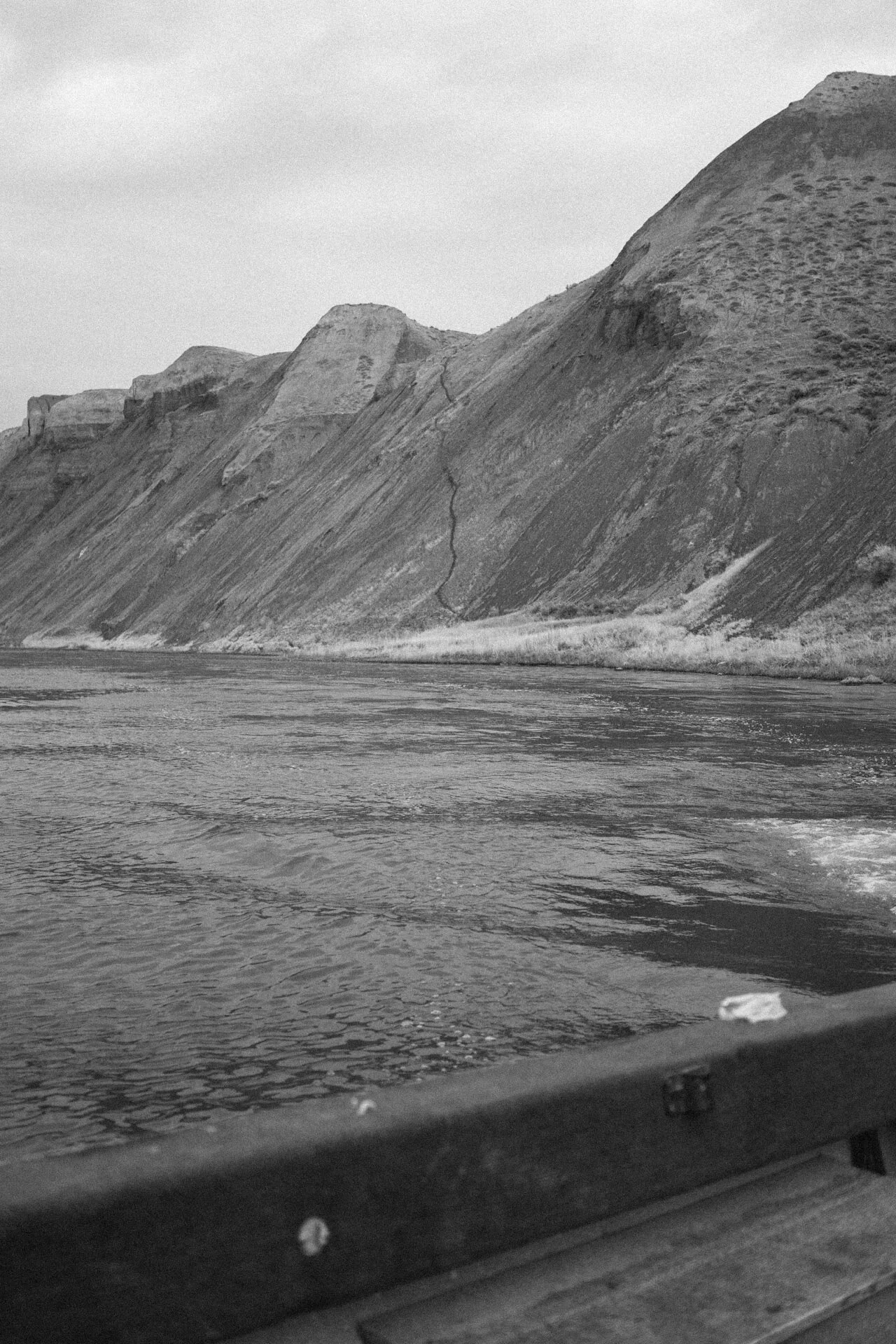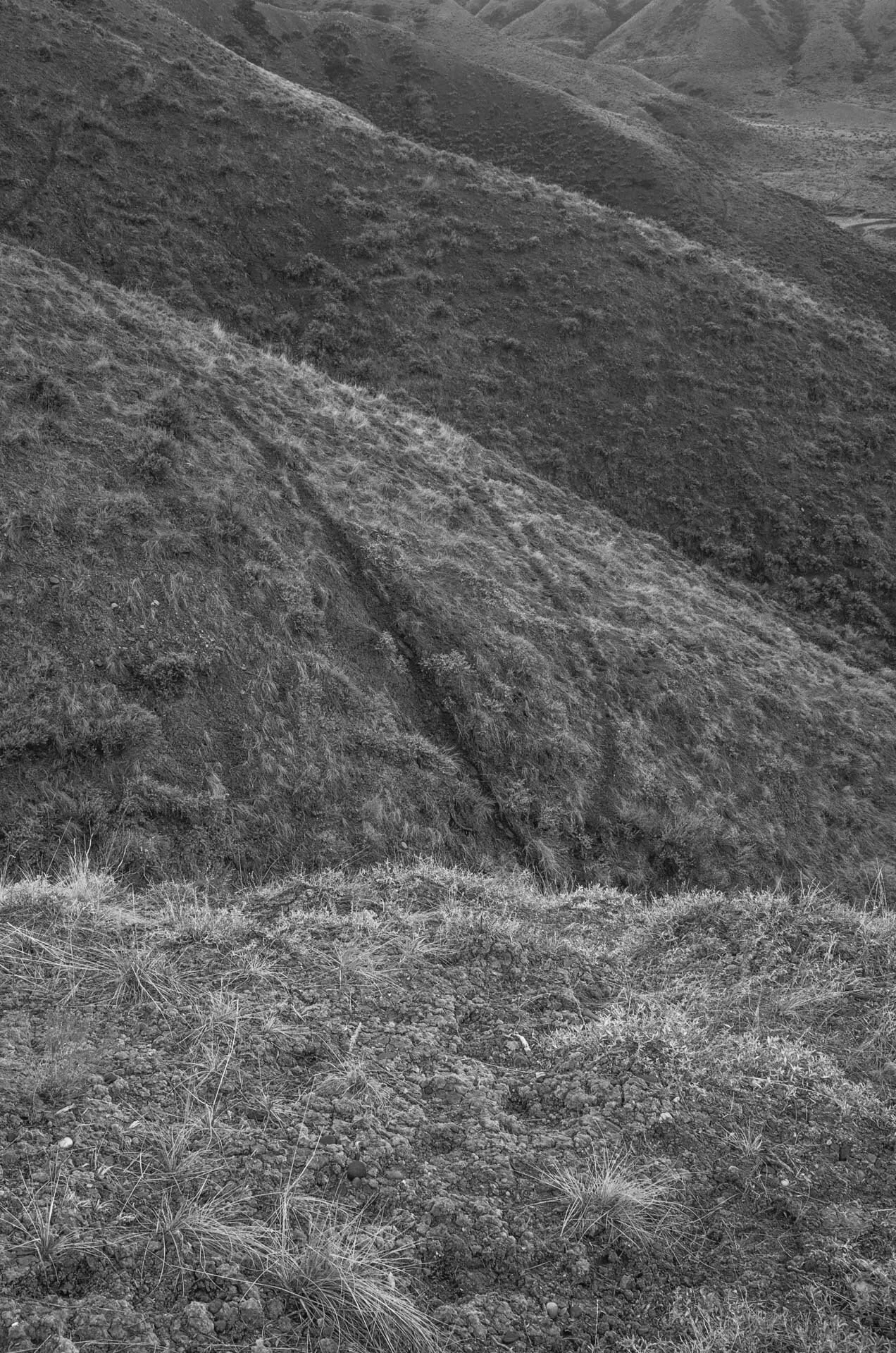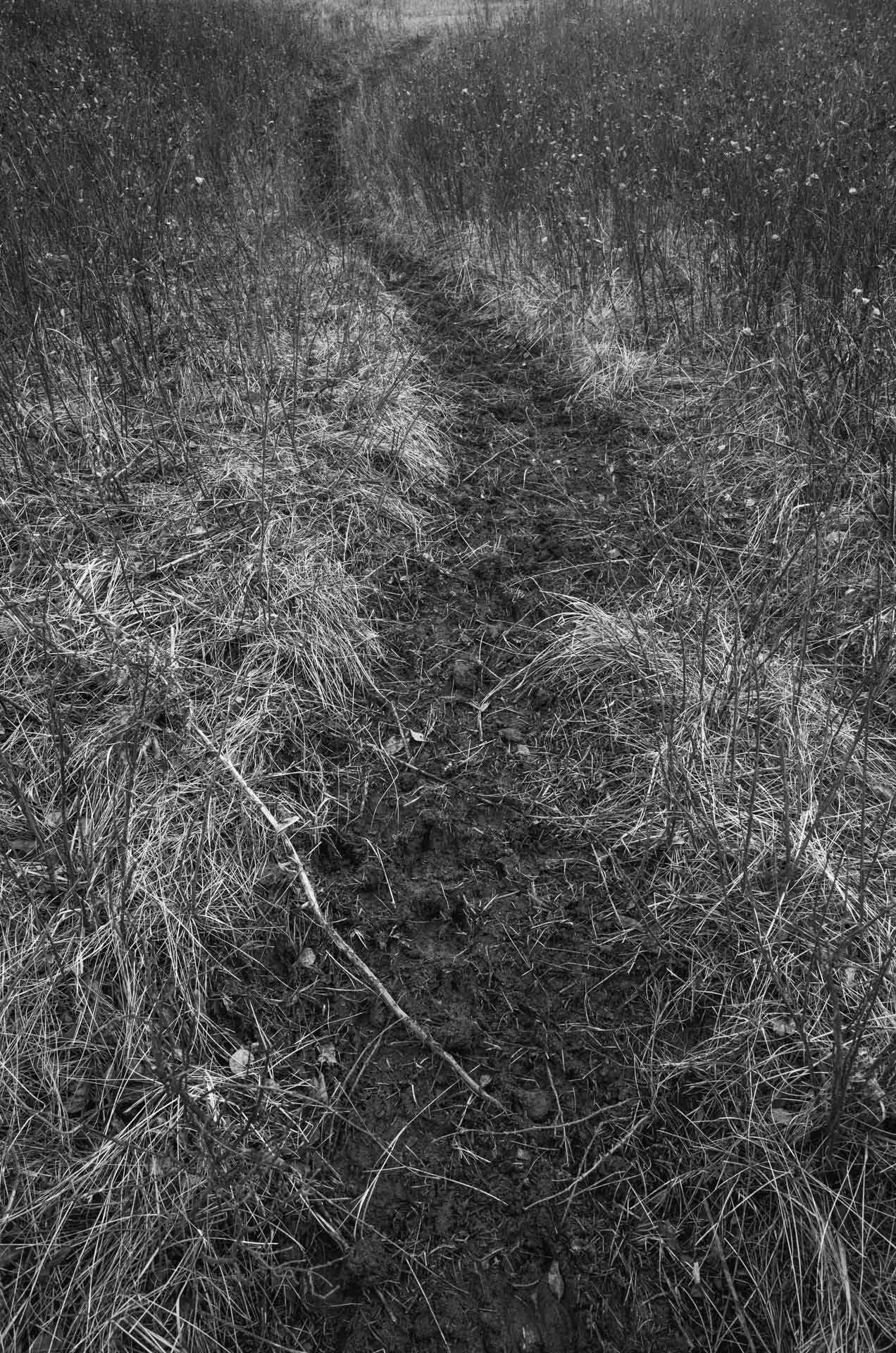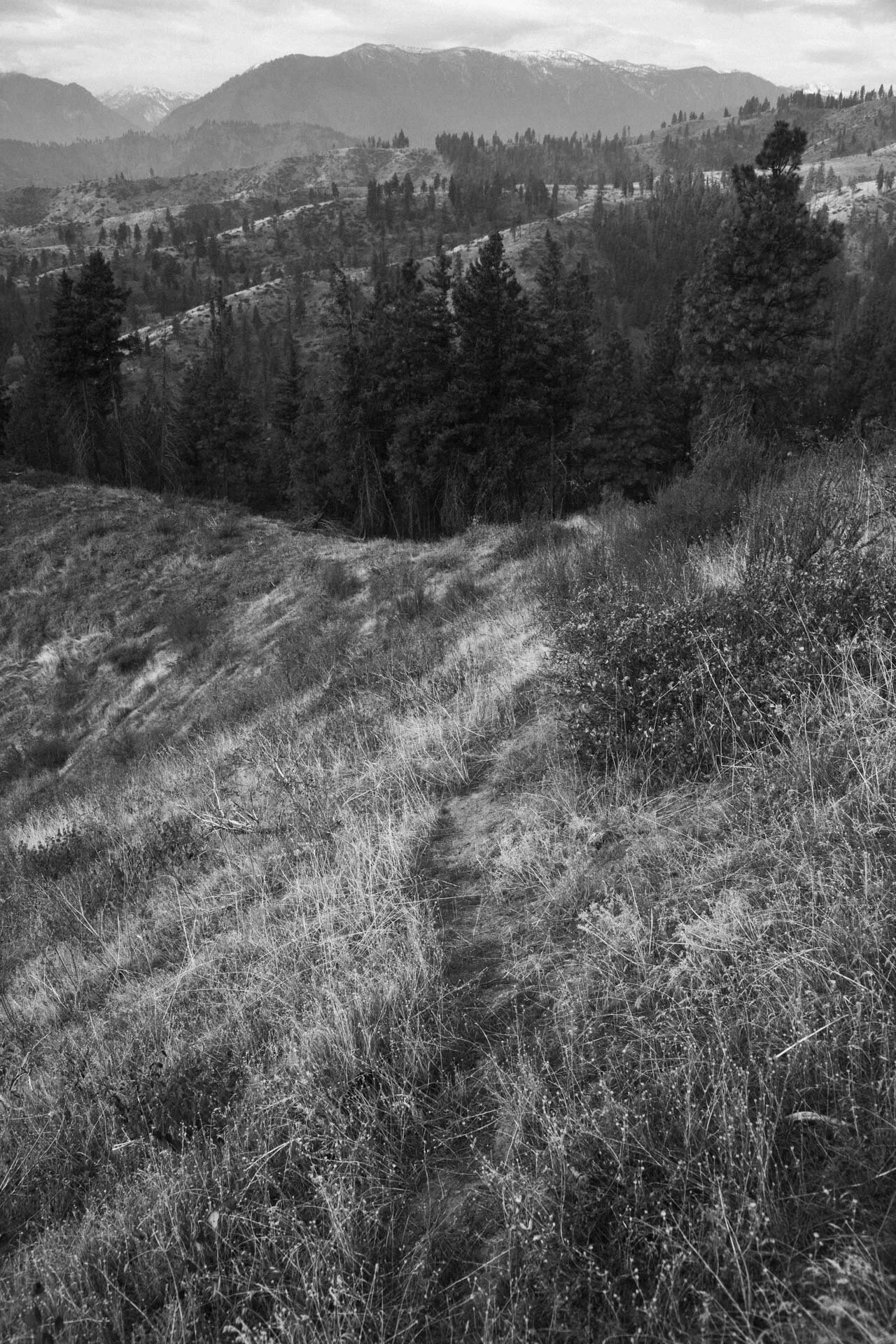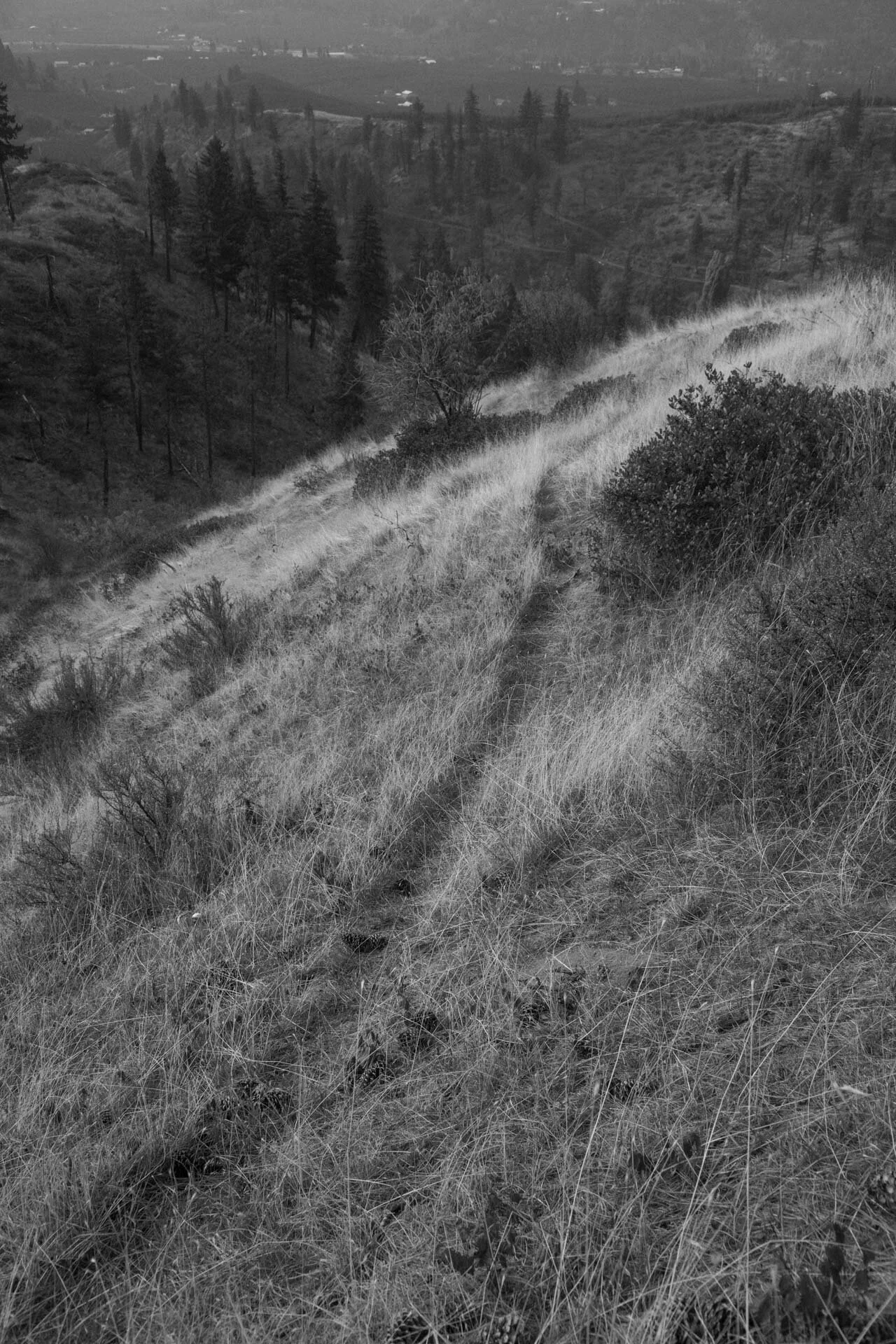Game Trails: Jay Neely
PC: Jay Neely
Andrew D. McClees (ADM): Can you introduce yourself and describe your photographic work?
Jay Neely (JN): My name is Jay Neely and I'm a photographer and art director based out of Leavenworth, Washington. I’ve been shooting photos and making books for about 10 years now. My work has largely been inspired by my environment and tends to evolve with my interests and curiosity. Because of this, my work has ranged from conceptual still lives to pseudo documentary and everything in between. That said, I’m primarily project, or concept driven... if I think an idea could make for a series, or a book, I usually pursue it even if it doesn’t fit in the realm of things I’ve done in the past.
ADM: In broad strokes, what is landscape photography to you?
JN: For me, I think landscape photography is primarily about environment and context. A good landscape is the stage for something else that’s happening. Photographs by nature are still representations of a place, or a moment and I think for me, great photographs (in general) imply movement, conversation, or interaction in a way. When I think about landscape photographs that have moved me... the compositional elements of course are there, but I’m really more interested in how the image employs my imagination to see something else that is taking place in that space. Todd Hido talks about this in regard to his houses at night. He talks about how his work really isn’t about a house on a street corner, it’s about what’s taking place behind the glowing windows... the things you can’t see. I think that same idea resonates with me about good landscapes.
PC: Jay Neely
ADM: What was the inspiration to put together Game Trails?
JN: A couple of years ago, I started hunting big game in an attempt to be more self sufficient and to build a closer relationship with my food. It has proven to be one of the most important, difficult and meaningful journey’s I’ve embarked on. That said, the way that I interact with the natural world has changed pretty dramatically since I started hunting. Everything is important... every footprint, broken twig, flower, bush etc... anything can be a clue and whether I’m hunting, or not, I find my self paying a lot more attention.
One of the most immediate signs that game is in the area is a series of game trails. These game trails connect these animals to their primary needs - bedding areas, food sources and water. They can switchback up a hillside with impressive efficiency and most often they’re frequented by a myriad of different animals. This series is really a topographic study of these systems. Aesthetically and by design, the similarities between game trails and our own transportation pathways are pretty uncanny. They tell similar stories and they serve a similar purpose and I think this sort of Human / Nature connection is really what I’m most interested in.
PC: Jay Neely
ADM: While the photos in Game Trails do document and focus on the titular Trails, the photos have a very textural quality -- was that intentional?
JN: Absolutely, I think the thing that was initially striking to me about game trails was their imprint on the landscape. They cut up the mountains in a super interesting way ... particularly as the mid-day sun hits the hillside - they almost glow in the sagebrush. I feel like when I’m working with subjects that fall into the mundane, it’s important to me to try to photographically point out the thing that caught my eye.
ADM: It's interesting that you bring up natural topography vs. humanity - that's not something I see dealt with very often - did you find that the game trails were often interfered with by humans?
JN: Yes and no... Most of the places that I was hunting were far enough off the beaten path that I wasn’t running into many boot prints. In areas with established man-made trail systems, you’ll definitely find an intersection between the two, which can be quite interesting. In a lot of ways, animal motivations are very similar to that of humans, so the trail systems can lead you to similar places. Game animals find security in elevation, and they require a clear path between food and water which often times mirror the points of interest on common hiking trails. In the wilderness, a person can certainly use game trails to their advantage. If you’re far from a trailhead and you need to get to the top of a mountain, or find a water source, a well trafficked game trail can be a good place to start.
ADM: The choice to shoot the project in black and white is an interesting one, which succeeds in the book. How did you settle on black and white for your images?
JN: When it comes to my personal projects, black and white is really the only way that I’ve ever worked. I was exclusively a black and white film photographer in art school and printing really taught me the depth of a black and white image. I keep telling myself that I’m going to do a color project, but I still have so much to learn in black and white that I feel like I’ll be on this path for a while longer. Aside from that, when I was putting this book together, I was thinking a lot about Robert Adam’s, Along Some Rivers. Adam’s book is an elegant and meditative series of black and white landscapes taken in the Pacific Northwest. The images really feel less about the things in the frame and more about the feeling of being in that place. I think that idea really struck me and a sentiment that I tried to capture in my images. So much of hunting is about being in places that people are not and I think that solace and immersion into the landscape brings about an attentive calmness that I felt was communicated best in black and white.
ADM: What was the shooting and editing process like for Game Trails? did you make your images as you hunted, or did you make dedicated trips to photograph the trails separate from your hunts?
JN: It was a little bit of both, but most of these images were taken while I was hunting. Particularly during the early season, there is a tremendous amount of down time during the middle of the day when the animals are bedded down. Usually you find yourself traveling from one ridge to another ridge, or perched patiently on the side of a hill waiting for the forest to come alive again. It’s a beautiful time to be in the woods and it proved to be a perfect time for me to make these images.
PC: Jay Neely
ADM: I agree that it's important to work in series, as well as to make photographs where the focus is about what's not seen - do you have any advice or insight into how to impart that sense of "hidden" narrative?
JN: I believe that narrative can come before, or after a photograph is taken and I think it’s really about defining process. I think my biggest piece of advice would be to first study the work that has been done before. Look at books, read interviews with photographers, artists, filmmakers... Really get an understanding of what you’re attracted to (aesthetically and conceptually) and why. Learn about a variety of processes and take the parts that work and build a way of working that keeps you working. From there, it’s about developing and following your photographic instincts.
For me, I’ve learned that my best work happens when my intentions are loose to begin with. Sometimes I find a thing that is conceptually and visually interesting and I can immediately find a narrative and the book basically unfolds in my head... this is ideal and rarely happens. That said, most of the time, I’ll photograph something, or a series of things that are aesthetically compelling and then from there, I’ll research the subject and let the narrative emerge... it’s sort of a process of discovery... and it’s where a lot of my best work has come from.
ADM: Where can people see your work, and purchase Game Trails, and other books of yours?
JN: You can find my work at www.jaythomasneely.com and on instagram @jaythomasneely
Hi! if you’ve gotten this far and enjoyed our content, please consider donating to Frozenwaste.land or subscribing to our Patreon to help keep the website online and visible to others! Every donation counts, and is highly appreciated. All of the proceeds go towards upkeep!
PC: Jay Neely

